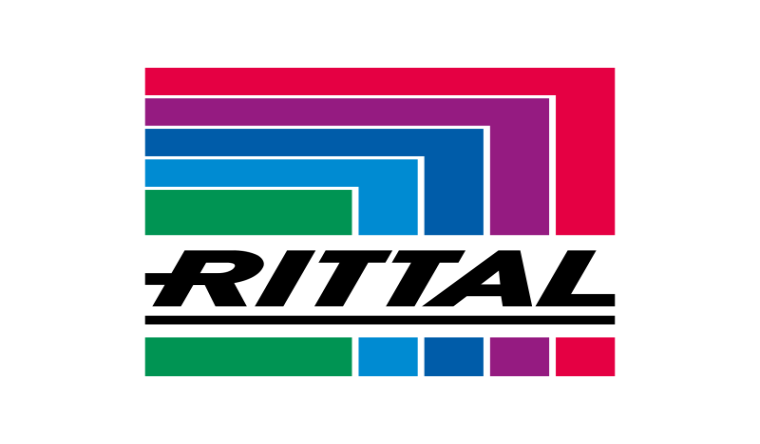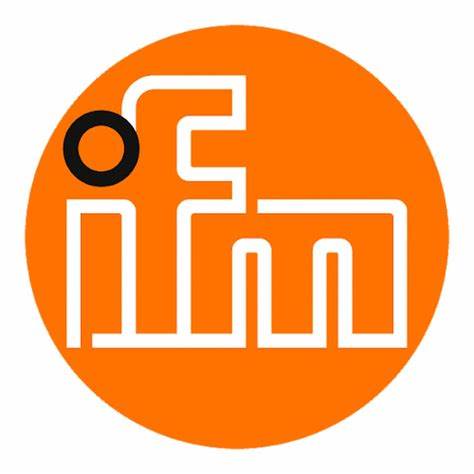Precision and Efficiency with Proximity Sensors: A Deep Dive
Proximity sensors have become an integral part of many industrial and consumer applications in recent years. From smartphones to autonomous vehicles, these sensors allow systems to detect the presence of nearby objects without any physical contact.
In this blog post, we’ll take a deep dive into the world of proximity sensors to understand what they are, how they work, the different types available, and how innovations in this technology are enabling greater precision and efficiency.
The Mystery of the Invisible Force Field
A strange device emits an invisible field that blankets the nearby area. This mystifying force field mysteriously detects any objects encroaching upon its boundaries without needing to touch them. By harnessing invisible beams of electromagnetic energy, it senses disturbances when objects enter the field, triggering an alert to reveal the interloper's presence.
This marvelous technology does not measure exact distances, but newer versions can judge proximity within set limits. The source of the invisible field varies - some generate magnetic fields, others ultrasonic waves, infrared beams, or wavelengths of light. Their stealth sensory reach stretches from 20 millimeters to 200 millimeters.
What powers this detection of nearly contacted objects? It is the proximity sensor - a fantastic innovation allowing perception without touch. The secrets of its invisible fields and forces still harbor mysteries to unravel.
There are two main categories of proximity sensors:
Inductive Proximity Sensors
An inductive proximity sensor uses an electromagnetic field created by an internal coil. Alternating current running through this coil causes the field to expand and collapse intermittently. The sensor monitors any disturbance or damping in the oscillation rate. Metallic objects entering the field will absorb some of the electromagnetic energy, damping the oscillations. This allows the sensor to detect and measure metallic targets without contact.
Capacitive Proximity Sensors
Capacitive proximity sensors contain an oscillator and capacitor plate. The plate’s electric field extends in front of the sensor and tracks changes. When a target object enters the field, sensor capacitance increases because the target effectively becomes part of the capacitor. The corresponding change in capacitance is used to detect and measure the object. Capacitive sensors can detect both metallic and non-metallic objects.
Key Benefits of Proximity Sensors
There are several reasons why proximity sensors are widely adopted in various industries:
Non-Contact Detection: Proximity sensors can detect objects at close quarters without requiring physical contact. This avoids contamination or interference and increases application flexibility.
Highly Adaptable: Proximity sensors come in many shapes and sizes to fit different application constraints. Sensors can be tiny components or large industrial units depending on needs.
Reliable Sensing: Proximity sensing eliminates mechanical limitations of physical sensors. There is no wear-and-tear over time with non-contact detection, enabling reliable long-term performance.
Precision Capabilities: Modern high-frequency proximity sensors offer fast response times down to 500 nanoseconds, and resolutions down to 5 micrometers for precise detection and measurements.
Low Power Consumption: Many proximity sensors consume very little power for detection and measurement purposes, preserving battery life.
Types of Proximity Sensors
There are various types of proximity sensors available for different application requirements:
Photoelectric Sensors: Photoelectric sensors use a focused light beam, often infrared or laser. An emitter transmits the beam to a photodiode receiver. Object presence blocks or reflects the beam back to the receiver indicating its detection. Photoelectric sensors offer long sensing ranges up to 1000 millimetres.
Ultrasonic Sensors: These sensors use high-frequency sound waves for detection. The transmitter emits ultrasonic pulses that return to the receiver. Measurement electronics calculate distance based on the time interval between emission and return. Ultrasonic sensors work over long ranges and suit applications with reflective targets or changing light conditions.
Eddy-Current Sensors: This inductive sensor uses alternating magnetic fields. When exposed metallic objects enter the area, currents within the object generate a secondary electromagnetic field that damps down oscillations. This allows highly precise low-range proximity detection down to 1 millimetre for conducting targets.
Capacitive Sensors: Instead of inductive coils, capacitive sensors use oscillator circuits. The target object alters electric field distribution capacitance enabling touch-free detection ranging from 5 to 200 millimetres. Capacitive types also detect non-metallic objects.
Innovations Driving Greater Precision
Recent technological innovations are unlocking greater sensing precision and wider applications:
High Frequency Sensors: New proximity sensors can operate at radio frequencies exceeding 500 kilohertz. This enables faster cycle times below 1 millisecond, and resolutions down to 0.5 micrometers. Their high frequency and precision facilitate accurate distance tracking.
IO-Link Communication: Support for the IO-Link communication standard allows connected proximity sensors to calibrate online. This process accounts for manufacturing variances and environmental conditions to maintain high 1 micrometer resolutions.
Adjustable Sensing Range: Next-generation sensors provide automatic or manual sensing range adjustments. This optimizes operating distance as per application needs for highest accuracy levels. Shorter ranges enhance precision sensing.
Multi-Sensing Functionality: Advanced integrated circuits allow combining multiple proximity sensing methods like diffuse and background suppression modes. Switching sensing methodology enhances precision for different target materials.
Miniaturization: Shrinking sensor sizes increase mounting flexibility, particularly effective for object detection across larger areas with more sensing points yielding higher precision.
Unlocking Greater Efficiency
Innovations in proximity sensor technology translate to direct efficiency gains:
Reduced Downtime: Continual self-monitoring and online calibration eliminate manual sensor adjustments saving time. Easy field replacements and hot pluggable options also limit downtimes.
Lower Energy Use: Proximity sensors accommodate lower operating voltages from 12V down to just 3V DC. Lower power designs, intelligent wake/sleep cycles and extended operating temperature ranges cut energy consumption.
Smoother Integration: Plug-and-play designs, touch displays and connectivity innovations enable faster sensor integration with machines or processes while accelerating commissioning.
Versatile Functionality: Multi-sensing methods in one sensor body allows combining functions such as measurement, part detection, color recognition and ambient light detection for greater efficiency.
These factors compound energy, time and cost savings while optimizing productivity.
Conclusion
From inductive to capacitive and ultrasonic principles, proximity sensors have proved extremely versatile for contactless close-quarter object detection. Continual technological enhancements increase precision and capabilities enabling sensors to calculate distances, adapt functionality, or track objects. These improvements translate into greater manufacturing and automation efficiency with lower overheads. As sensors get smarter, faster and more precise with sophisticated processing abilities, they will penetrate and optimize many more proximity-centric applications.
















